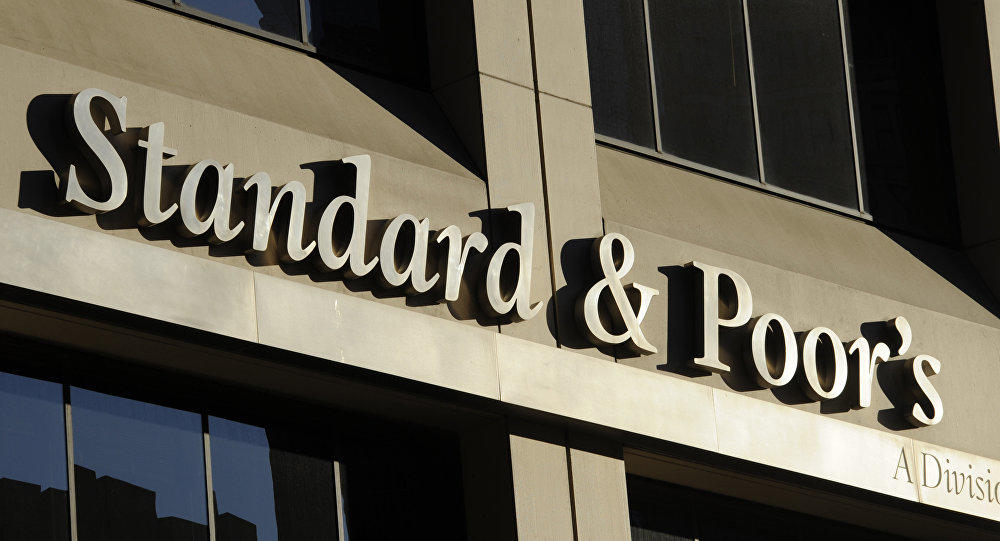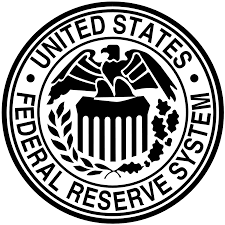After Tariff Shock, S&P 500 Seeks New Balance Between Policy, Profits, Geopolitical Risk

Linh Tran
Over the past weekend, the shock from President Donald Trump’s new tariff announcements triggered a sharp sell-off on Wall Street. In fact, aggregate data show that the S&P 500 fell about 2.7% on Friday, October 10, its steepest drop since April, before rebounding roughly 1.6% on Monday, October 13. The index now hovers around 6,650 points, recovering part of its losses but with sentiment still fragile. This sudden decline forced investors to reassess the outlook for corporate earnings growth and the durability of the AI-driven rally that has underpinned much of this year’s gains.
The new tariff measures have unleashed a wave of risks. Beyond the 100% tariff that the White House plans to impose on Chinese imports starting November 1, 2025 (or sooner if Beijing continues to restrict rare-earth exports), tensions have been further fueled by a tit-for-tat escalation in maritime trade, with both the U.S. and China preparing to levy reciprocal port fees on each other’s vessels — a form of “hidden tax” that raises logistics costs and threatens to distort global trade flows.
Independent estimates suggest that these port fees could affect roughly 13% of the world’s oil tanker fleet and 11% of container ships, with major carriers closely tied to either side — such as China’s COSCO — likely to bear a significant portion of the cost. In other words, the risks now extend beyond border tariffs to supply-chain expenses and shipping delays, all of which feed directly into the cost base and profit margins of hundreds of S&P 500 companies.
Rising input costs mean that companies reliant on Chinese components or materials — from network equipment and electronics to EV manufacturers and semiconductor toolmakers — are likely to face higher production costs and shrinking margins. Ultimately, much of the tariff and non-tariff burden will fall on U.S. businesses and consumers.
If retaliatory measures broaden into maritime logistics, the new port fees could further disrupt shipping flows, extend inventory cycles, and lift domestic transport costs — hitting sectors such as discretionary consumption, retail, industrials, and parts of the semiconductor and hardware space most severely.
Meanwhile, growing policy uncertainty is likely to widen the equity risk premium, adding pressure to market valuations and investor sentiment.
On the macro front, markets are trying to find a new equilibrium between two opposing forces. On one side is the Federal Reserve, which has begun its first rate-cutting cycle after years of tightening, lowering the cost of capital and supporting equity valuations. On the other side lies fiscal policy — the U.S. government’s heavy bond issuance and rising debt burden — which keeps real yields elevated, tightening financial conditions and weighing on sentiment.
Falling yields are good news for valuations, yet tariffs, higher import costs, and supply-chain disruptions are acting as headwinds, squeezing corporate profit margins and dampening 12- to 18-month EPS expectations. As long as the tariff outlook remains unclear, investors are likely to lower expectations for cost-sensitive sectors and rotate toward companies with strong pricing power, flexible supply chains, and healthy balance sheets.
The early-week rebound — helped by a softer tone from the White House and optimism surrounding AI partnerships in the semiconductor industry — highlights how quickly the market still reacts to macro headlines. However, risks and opportunities now appear more balanced, and the risk-reward profile of the S&P 500 is less compelling than earlier this year.
Geopolitical factors remain a major wildcard. In the Middle East, the Phase 1 ceasefire agreement between Israel and Hamas — involving the exchange of hostages and prisoners — has drawn praise from both Joe Biden and Bill Clinton for Trump’s mediation efforts, helping reduce part of the geopolitical risk premium on global assets. Yet the situation in Ukraine could soon enter a new phase, as President Zelensky meets President Trump at the White House on Friday to discuss potential U.S. deliveries of Tomahawk cruise missiles to Kyiv — a move Moscow has already branded a “serious escalation.” Such a scenario could heighten geopolitical risk and spur near-term defensive positioning in global portfolios.
The early-week rebound also showed that systematic and signal-driven funds returned to the market as the White House softened its rhetoric and the Broadcom–OpenAI agreement reignited AI enthusiasm. Still, these are short-term catalysts. More sustainable inflows will require clearer policy signals — such as the tariff implementation schedule, potential exemptions, and review timelines — as well as an earnings season that proves profit margins remain intact despite cost shocks. Until then, institutional investors are likely to tilt slightly toward defensive positioning.
Taken together, the base-case outlook for the S&P 500 in the coming weeks is one of sideways, cautious consolidation as markets await clarity on tariffs and geopolitics.
A bullish scenario would see the White House clarifying its tariff framework with phased implementation or exemptions that allow firms to absorb the impact, while lower yields and solid earnings help restore confidence — allowing the S&P 500 to resume a moderate uptrend.
Conversely, a bearish scenario would involve simultaneous escalation of tariffs and port fees, alongside renewed tensions between Russia and Ukraine, potentially pushing the S&P 500 into another leg of correction before a durable recovery can take shape.
Tran is Market Analyst at XS.com





